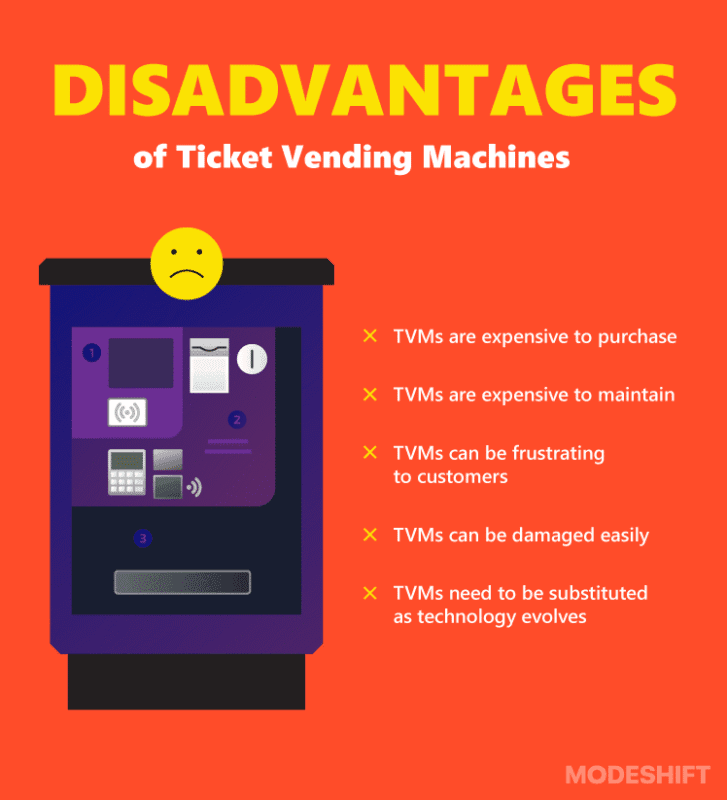Introduction:
Micro Markets vs Vending Machines:
The vending industry is evolving fast. In 2025, businesses are increasingly choosing between traditional vending machines and micro markets to improve customer experience, streamline operations, and increase profitability. This guide provides a full comparison of costs, return on investment (ROI), and market trends to help you decide the best path for your business.

What Are Micro Markets and Vending Machines?
Vending Machines
Vending machines are automated units that sell snacks, beverages, and basic goods. Customers use cash, cards, or digital payments, and items are dispensed immediately. Their small footprint and low cost make them ideal for simple locations.
Micro Markets
Micro markets resemble mini convenience stores. With open shelves, refrigerators, and self-checkout kiosks, they offer a wide range of items—from fresh meals to drinks and healthy snacks. These are common in offices, hospitals, and campuses where foot traffic justifies the investment.
According to industry leaders like NAMA, micro markets have become one of the fastest-growing trends in unattended retail.

Cost Comparison: Micro Markets vs. Vending Machines
1. Initial Investment
| Feature | Vending Machine | Micro Market |
|---|---|---|
| Hardware | $4,000 – $8,000 | $13,000 – $25,000 |
| Installation | Basic | Requires layout & setup |
| Software & Tech | Minimal | POS system + analytics |
Vending machines have a lower startup cost but offer less flexibility. Micro markets, while more expensive to set up, deliver better margins through variety and modern UX.
2. Operating Expenses
| Category | Vending Machine | Micro Market |
|---|---|---|
| Restocking | Weekly or biweekly | Daily or every other day |
| Labor Cost | Low | Medium to high |
| Maintenance | Mechanical issues | Refrigeration + software |
| Shrinkage/Theft | 1%–2% | 4%–7% |
| Utilities | Minimal | Higher due to coolers |
According to the U.S. Small Business Administration, managing inventory, loss prevention, and energy use effectively is critical for reducing operating expenses in retail setups like micro markets.

Revenue and ROI
Daily Revenue Potential
- Vending Machine: $150 – $250
- Micro Market: $500 – $1,200
ROI Timeline
- Vending Machine: 12–24 months
- Micro Market: 6–18 months
A micro market’s ability to sell a wider product range and offer self-service convenience leads to higher per-customer spend and faster ROI. Research from Forbes confirms that businesses investing in micro markets often see a quicker return and better customer satisfaction.

Pros and Cons Overview
Micro Market: Pros
- 150–400+ products
- Accepts mobile, contactless, and account-based payments
- Encourages wellness and fresh product integration
- Analytics to track behavior, trends, and stock
- Supports loyalty programs and targeted offers
Micro Market: Cons
- Higher upfront investment
- Requires more floor space
- Higher risk of theft without security tech
Vending Machine: Pros
- Simple, compact, and affordable
- Easy to install and maintain
- Ideal for packaged snacks and drinks
- Low overhead and staffing needs
Vending Machine: Cons
- Limited to ~40 SKUs
- Lower per-sale revenue
- Less appealing to health-conscious or modern consumers
- No personalization or upsell features

Market Trends in 2025
The shift toward micro markets reflects changing consumer preferences. People now expect fresh, customizable, and touchless experiences. A report by McKinsey & Company highlights that self-service and product variety will drive the next decade of food retail evolution.
Countries Leading the Trend
- United States: High adoption in corporate offices, schools, and logistics hubs
- Canada: Increasing demand for bilingual labelling and healthy workplace snacks
- United Kingdom: Growth in hybrid vending and micro market solutions
- Germany & Netherlands: Prioritize fresh, locally sourced food options
- Australia: Expanding in education and government campuses
These markets also lead global search traffic for “micro market vs vending machine§” topics, making them valuable for SEO targeting and regional expansion.
Frequently Asked Questions (FAQs)
Q1: Are micro markets more profitable than vending machines?
Yes. Micro markets typically generate two to four times more daily revenue than vending machines, thanks to wider product ranges and higher average transaction values.
Q2: How much space do I need for a micro market?
Between 250 and 600 square feet. This allows for open shelving, refrigeration units, and self-checkout kiosks.
Q3: Is shrinkage a big issue with micro markets?
Yes, but it can be controlled. With proper surveillance, user accountability, and layout design, shrinkage can be reduced to under 5%.
Q4: What’s the best setup for mixed-use spaces?
A hybrid model is effective: place vending machines in breakrooms and micro markets in high-traffic areas like lobbies or lounges.
Q5: Can I finance a micro market setup?
Yes, many equipment vendors and financial institutions offer leasing or installment plans, which reduce the burden of upfront costs.


